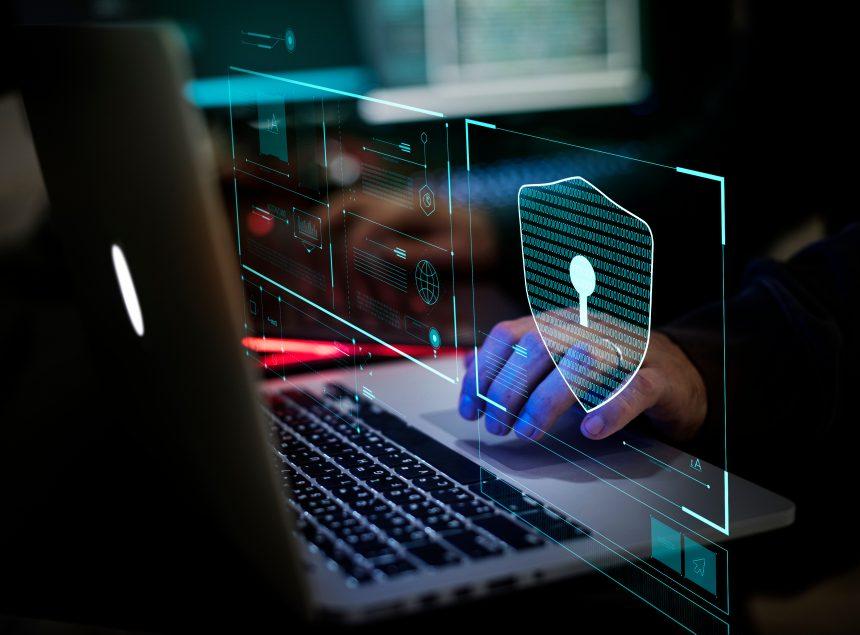In October 2024, Microsoft released important patches addressing multiple vulnerabilities, among which CVE-2024-43573 and CVE-2024-43572 have drawn significant attention due to their potential impact on Windows systems.
What is CVE-2024-43573?
CVE-2024-43573 is a critical remote code execution vulnerability within the Windows Local Security Authority (LSA). This vulnerability allows attackers to execute arbitrary code with elevated privileges, which can have dire consequences for system integrity and data security. Specifically, attackers exploit this vulnerability to inject malicious code into running processes or gain access to sensitive information that could lead to further compromises within a network.
Download SpyHunter Now & Scan Your Computer For Free!
Remove this and many more malicious threats to your system by scanning your computer with Spyhunter now! It’s FREE!
How It Operates
The exploitation process typically involves the following steps:
- Delivery Mechanism: Attackers often use phishing emails or malicious websites to deliver the malware. These vectors can trick users into downloading and executing malicious files or scripts.
- Execution of Payload: Once executed, the malware interacts with the LSA, leveraging the vulnerability to escalate its privileges. This means that the attacker can gain control over system-level functions and data.
- Propagation and Data Theft: After successfully executing their code, attackers can:
- Exfiltrate sensitive data (such as login credentials or personal information).
- Move laterally within the network to infect other systems.
- Install backdoors for ongoing access, even after the initial compromise is discovered.
Symptoms of Infection
Identifying an infection related to CVE-2024-43573 can be challenging, but common symptoms include:
- System Slowdowns: Users may notice a decrease in system performance as malicious processes consume resources.
- Unexpected Crashes: Frequent crashes or unresponsive applications may indicate underlying malware activity.
- Unauthorized Access: Anomalies in file access permissions or unexpected changes to system settings.
- Increased Network Activity: Monitoring tools may show unusual spikes in outgoing network traffic, suggesting data exfiltration or command-and-control communications.
Removing the Threat Using SpyHunter
Download SpyHunter Now & Scan Your Computer For Free!
Remove this and many more malicious threats to your system by scanning your computer with Spyhunter now! It’s FREE!
To effectively remove malware associated with CVE-2024-43573 using SpyHunter, follow these steps:
- Download and Install: Obtain SpyHunter from here, or from one of the download buttons on this article, ensuring that it’s the latest version to combat recent threats.
- Run a Full System Scan: Launch the application and initiate a comprehensive scan to detect all potential threats, including the malware linked to the identified vulnerabilities.
- Review Detected Threats: After the scan, review the list of detected malware and threats. SpyHunter provides detailed information on each item, including the type of threat and its severity.
- Quarantine and Remove: Select the threats you wish to eliminate and choose the quarantine option to isolate them. Follow the prompts to remove the threats permanently.
- Restart Your System: Reboot your computer to ensure that all changes take effect and that any remaining traces of the malware are eradicated.
Prevention Tips
To avoid falling victim to similar vulnerabilities and cyber threats in the future, consider the following preventive measures:
- Regular Updates: Ensure that your operating system and all applications are up-to-date with the latest patches and security updates from vendors, particularly after Patch Tuesdays.
- Robust Security Solutions: Employ comprehensive security software, including antivirus and anti-malware solutions, to detect and mitigate threats proactively.
- User Education: Train employees and users to recognize phishing attempts and suspicious links. Awareness is crucial for preventing malware infections.
- Network Segmentation: Implement network segmentation to limit the spread of malware. This can prevent attackers from easily accessing critical systems and sensitive information.
- Backup Data Regularly: Regularly back up important data to an external source or a secure cloud service. In the event of a successful attack, this ensures that you can restore your information without significant loss.
By following these guidelines, individuals and organizations can enhance their security posture and reduce the risk of future infections related to vulnerabilities like CVE-2024-43573 and CVE-2024-43572.





